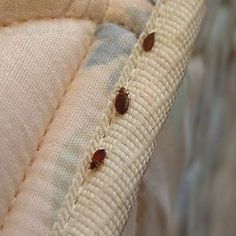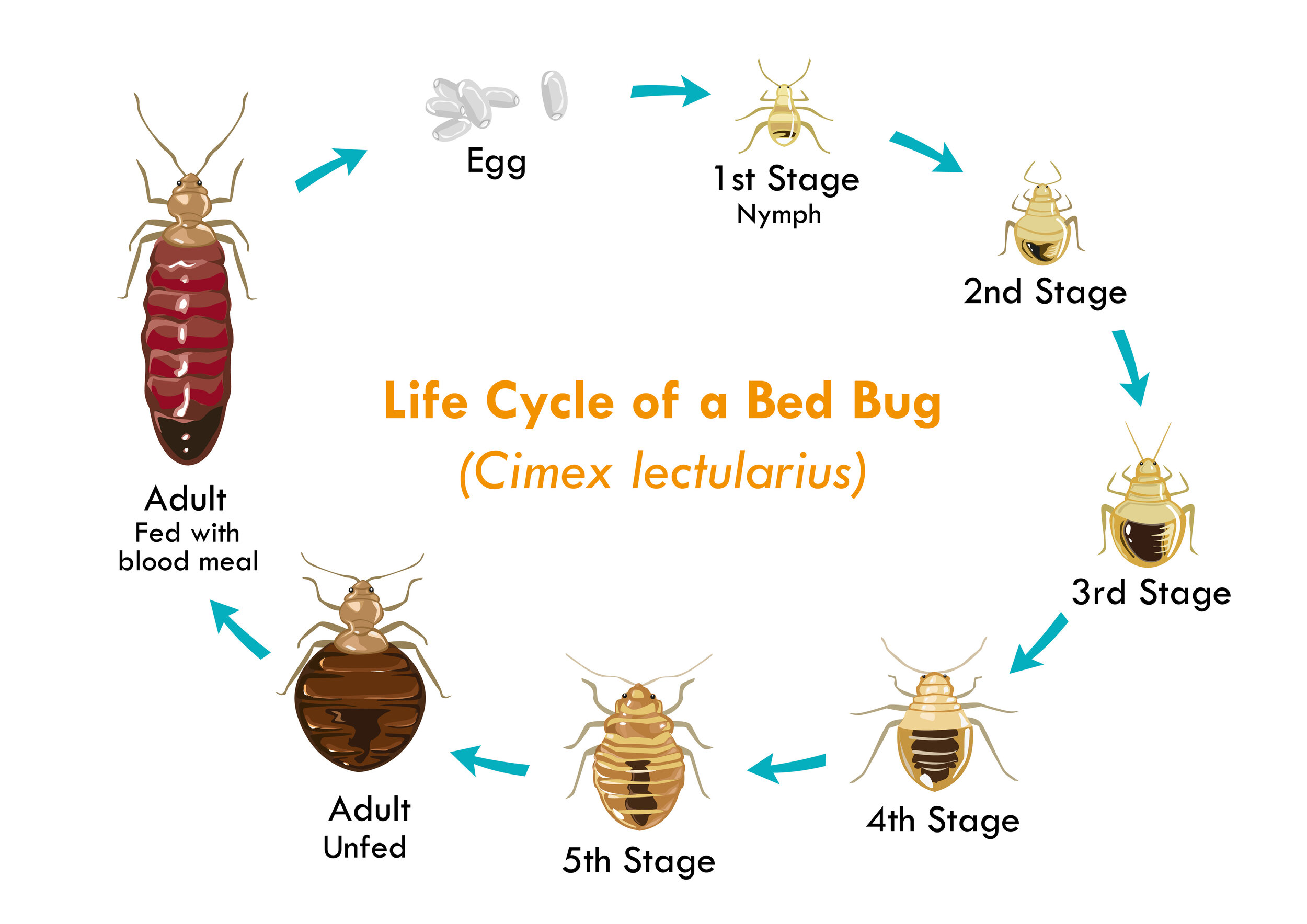Reliable A1 Bed Bug Treatment Houston - Get Rid of Bed Bugs
Reliable A1 Bed Bug Treatment Houston - Get Rid of Bed Bugs
Blog Article
Understanding the Lifecycle of Parasites for Targeted Control Strategies
Comprehending the lifecycle of parasites is a fundamental aspect of reliable insect administration approaches. By comprehending the different stages of development that parasites undergo, an extra targeted and precise approach can be taken on to manage their populations. This expertise not only loses light on the susceptabilities within the pest lifecycle yet also leads the method for carrying out strategic measures that can interrupt their growth and reproduction cycles. Through a deeper understanding of how pests thrive and advance, customized control methods can be designed to attend to certain points in their lifecycle, ultimately leading to more effective insect management results.
Relevance of Understanding Parasite Lifecycle
Recognizing the lifecycle of insects is necessary for creating reliable and targeted control approaches in pest administration. By understanding the numerous phases a pest goes through from egg to adult, insect control experts can determine weak spots in the lifecycle where treatment can be most effective. Understanding when larvae are most active can help identify the optimum timing for applying larvicides. Furthermore, understanding the life-span of a pest types can assist in forecasting populace development patterns and possible infestation threats.
In addition, identifying the certain ecological problems essential for every phase of the insect's lifecycle can guide choices on habitat adjustment or exclusion methods to interfere with the lifecycle and lower pest populations. This expertise allows pest administration professionals to apply positive measures instead of relying entirely on responsive therapies, causing more long-term and sustainable insect control services. Ultimately, a detailed understanding of insect lifecycles empowers parasite control professionals to customize their approaches efficiently, decreasing environmental effects and taking full advantage of control end results.
Trick Phases in Insect Development
To properly apply targeted control methods in pest administration, a critical aspect exists in comprehensively determining and understanding the essential stages in pest growth. Insect growth usually consists of a number of key phases that are important for their lifecycle and management.

Vulnerabilities in Parasite Lifecycle
Throughout the numerous stages of a parasite's lifecycle, unique vulnerabilities emerge that can be strategically targeted for efficient control measures (A1 Bed bug exterminator houston LLC). One important vulnerability lies in the egg stage, where bugs are usually much more at risk to certain pesticides or biological control agents due to their soft external shell, making them easier targets for treatment. Recognizing these vulnerabilities in the insect lifecycle is vital for establishing efficient and accurate control methods that successfully take care of bug populations while lessening ecological impact.
Executing Targeted Control Steps

Applying targeted control steps commonly includes a multi-faceted approach. This may consist of habitat alteration to make the atmosphere less hospitable to parasites, such as eliminating standing water for insect control or sealing entry points for rats. Additionally, biological control approaches can be used, where natural predators or pathogens are introduced to maintain pest populations in check.
Chemical control, such as the careful application of chemicals, is another common strategy. It is crucial to utilize these compounds judiciously to decrease ecological influence and potential injury to non-target varieties - A1 Bed bug exterminator houston LLC. Integrated Pest Management (IPM) strategies that combine numerous control actions in a coordinated and lasting way are typically the most reliable in achieving long-lasting pest management click here to read objectives. By applying targeted control actions based on a complete understanding of insect lifecycles, pest populations can be effectively controlled while minimizing risks to human health and the environment.
Boosted Pest Administration Practices

Moreover, the unification of biological control agents, such as natural killers or microorganisms of insects, can assist reduce dependence on chemical pesticides and promote a much more balanced ecosystem. Executing physical obstacles and traps can also belong to enhanced bug administration practices, offering non-toxic and targeted options for insect control. In addition, making use of pheromones and various other semiochemicals can interrupt pest mating patterns and communication, resulting in minimized parasite populations in time.
Conclusion
By recognizing key stages in parasite development and vulnerabilities in their lifecycle, targeted control measures can be executed to minimize insect populations. Enhanced parasite administration methods can assist reduce the reliance on broad-spectrum pesticides and promote more ecologically friendly and lasting parasite control methods.
Understanding the lifecycle of bugs is important for establishing effective and targeted control methods in bug monitoring. By understanding the various stages a pest goes via from egg to adult, pest control specialists can recognize vulnerable factors in the lifecycle where intervention can be most successful. Ultimately, a complete understanding of bug lifecycles equips insect control professionals to tailor their strategies effectively, decreasing this website environmental impacts and taking full advantage of control outcomes.
By carrying out targeted control procedures based on a complete understanding of bug lifecycles, parasite populations can be efficiently regulated while decreasing risks to human wellness and the setting.
By identifying crucial stages in pest growth and vulnerabilities in their lifecycle, targeted control steps can be executed to lessen pest populaces.
Report this page